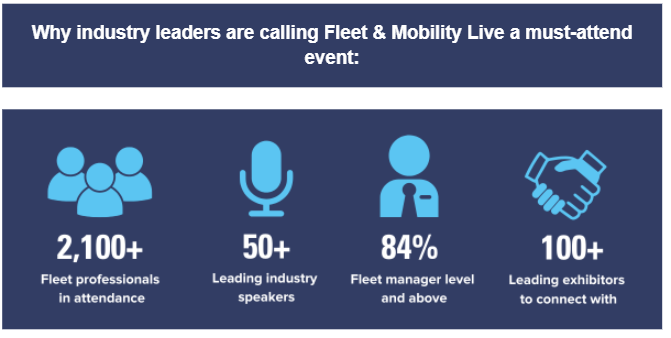By Jason Shaw, divisional head of transportation and logistics at the Clear Group
In the last five years alone, changes to the UK economic landscape have significantly affected sectors such as haulage.
With regards to the driver shortage, the Government cites several potential causes, including: a reliance on overseas labour, an ageing workforce, and the pandemic’s role in halting vital HGV driving tests.
Ultimately, the industry faces a delicate balance. Hauliers need to retain and care for existing, skilled drivers, introduce new talent, and keep them covered at a reasonable price.
Retention and recruitment
The Government is aware that the attractiveness of the industry is largely determined by working conditions. For example, are the hours reasonable? Are parking facilities suitable for HGV vehicles? What is being done to ensure the safety of HGV drivers en route to their destination?
One step taken so far is the review into HGV parking facilities, as well as working alongside local councils and National Highways to understand where parking could be established.
Additionally, there are efforts to bolster quality of life conditions for HGV drivers on the move by investing in roadside facilities such as showers, toilets and eating areas.
What should we expect from these efforts? A happier workforce, for starters, and a sector not only more appealing to potential HGV drivers, but to those who may have previously left their HGV career in favour of better work/life prospects.
An insurance perspective
This situation has left haulage businesses in a challenging position, as they work to attract younger drivers while keeping insurance premiums manageable. Insurers have also tightened their policies to address the risks posed by less experienced drivers and their potential impact on claims.
So, what can hauliers do to manage this process?
Attracting younger drivers
Training programmes and apprenticeships: Establish structured training and apprenticeship programmes for new drivers, potentially through partnerships with local driving schools or specialised HGV academies.
CPC training incentives: Many companies now offer CPC training support to new drivers. Covering or subsidising CPC costs can make your business more appealing to potential recruits.
Building a favourable work culture: Focus on promoting non-salary benefits such as flexible working hours, mental health support, and career development opportunities to make the profession more attractive to younger people.
Managing insurance costs
Customised insurance solutions: Work closely with insurers to develop policies that reflect your company’s specific risk management practices. Share examples of where tailored insurance packages were successfully negotiated based on strong safety protocols and driver training.
Driver mentorship programmes: Implement mentorship programmes where seasoned drivers guide new recruits, helping to reduce the risks associated with inexperience and, potentially, lower premiums.
Telematics and fleet management: Demonstrate your commitment to safety and compliance by utilising telematics and driver-monitoring systems. This proactive approach can help reduce insurance premiums.
Risk management and claims reduction
Proactive claims management: Showcase how you’ve supported clients in managing their claims exposure by implementing efficient reporting, conducting post-incident reviews, and analysing claim patterns to reduce overall claim frequency.
Driver safety initiatives: Develop safety training programmes that go beyond the requirements of regulatory compliance. Running regular safety workshops and advanced driving courses can help reduce the risk of accidents and claims.
Success stories: Share real-life examples of how your solutions have helped businesses reduce claims and manage insurance premiums, providing tangible proof of your approach’s effectiveness.
Collaboration with insurers
Partnerships with insurers: Highlight the importance of working closely with insurers to create flexible policies that recognise the proactive steps your company takes to reduce risk. Offering safety audits or risk assessments can strengthen your case for better terms.
Graduated insurance programmes: Suggest that insurers adopt tiered premiums that decrease as new drivers gain experience and demonstrate safe driving practices to help manage costs over time.
Ongoing monitoring and review
Claims data analysis and risk adjustments: Undertake regular reviews of claims data to identify trends and adjust risk management strategies accordingly. This ongoing evaluation can help tailor insurance policies to better reflect your evolving needs.
Continuous feedback with insurers: Maintain open communication with insurers to regularly update underwriting terms. Providing continuous feedback can help reduce claim disputes and ensure policies remain aligned with your risk profile.
By implementing these strategies, businesses can successfully navigate the driver shortage while managing insurance costs and reducing claims. Sharing proven examples of your work further highlights the value of a structured and strategic approach.























Login to comment
Comments
No comments have been made yet.